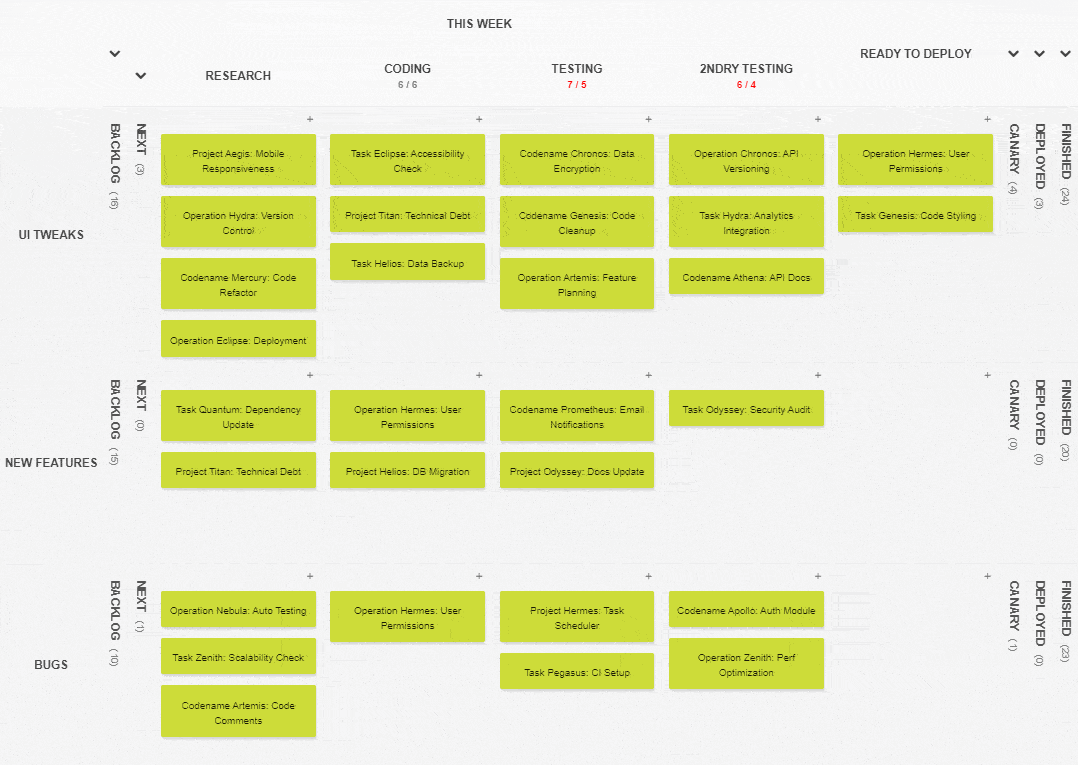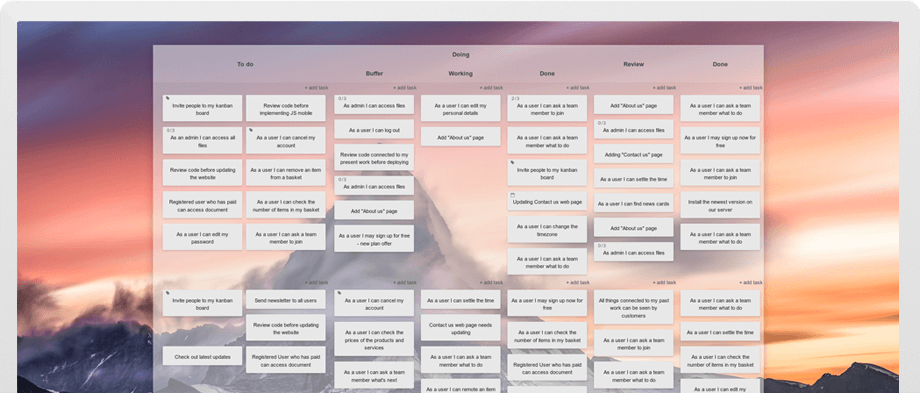The ever-evolving landscape of modern business makes the ability to adapt fast paramount. What works today may become obsolete tomorrow, especially with the unpredictable nature of global events like market shifts or prolonged pandemics. This rapid evolution demands a constant reassessment of how teams and departments operate. The status quo is a relic of the past; agility is the new currency of success.
Enter agile business change management—a paradigm shift inspired by the Agile Software Development movement. At times when companies are rethinking products, reshaping supply chains, and embracing virtual operations, traditional change management methods fall short. Agility isn't just an aspiration; it's a necessity.
Agile business change management focuses on speed, flexibility, and stakeholder engagement. Honing in on the most impactful actions, testing and validating them with real-world feedback, and fostering a continuous improvement culture allows businesses achieve better outcomes in shorter timeframes. This approach increases stakeholder and customer satisfaction and, at the same time, fosters innovation and collaboration within teams.
How to navigate organizational change complexities in an agile manner?
- Visionary leadership: Outline a compelling vision of the future state of operations, complete with guiding principles and actionable steps. This clarity instills confidence and minimizes analysis paralysis, ensuring decisive action.
- Strategic preparation: Empower change agents within the organization while leveraging self-organizing teams to address challenges as they arise. Effective communication and collaboration platforms are essential, especially in virtual work environments.
- Implementation and adaptation: Execute the plan while avidly gathering feedback and monitoring progress. Embrace a try-and-fail approach, adjusting course as needed to stay aligned with evolving realities.
Sustaining change is the ultimate challenge. Clear goals, ongoing communication, and investment in skill development are vital for long-term success. Cultivating a culture of trust, feedback, and continuous improvement is pivotal.
From a technical standpoint, agile change requires flexible processes and adaptable products simultaneously. Both team policies and product development must align with agile principles to ensure readiness for frequent redirections.
The agile potential: extra tips
- Welcome changing requirements and adapt initiatives accordingly.
- Treat change management as an art, listening to input from all stakeholders.
- Implement core agile practices, such as daily stand-ups and iterative sprints.
- Leverage agile tools like Kanban to visualize progress and facilitate collaboration.
Jump-start the transformation
by trying agile project management
Baby steps aren't just for children. Would your team like to gain hands-on experience with agile before implementing it at an organizational level? Consider first applying agile principles to one of your specific projects. This approach will involve managing, processing, and handling changes to the project state through the same agile management techniques needed at the organizational level of transformation.
By following the steps below, your project can remain lightweight, transparent, and agile – able to respond effectively to rapid changes through an iterative process, including continual reviews and adaptation.
- Keep requirements open with each iteration:
It will allow your project to respond to changes quickly, however it asks that the team accepts unstable requirements.
- Don't plan too far ahead:
The further ahead you model the project work, the less responsive the design will be to change requests.
- Listen to the customer:
Collaborate with customers, who drive your product's shape. Their needs require further review with stakeholders and the team, not the other way around.
- Embrace change rather than control it:
In agile management, change is desirable and natural. This shift in perspective is crucial for making your change management process efficient.
- Use scheduled reviews for everything:
Establishing planned reviews, routines, habits, and systems ensures following policies. Let everyone know when and in what form daily, weekly, and monthly reviews should happen and inform of their respective scopes.
Keeping track of changes to both team policy and product/service development can be easily managed on a visual agile board, such as Kanban Tool. The main advantage of using it for business change management and individual projects is the ability to share progress, findings, and new assignments with the entire team as they happen. Commenting and collaborating on ongoing tasks and changes is just as easy.

The benefits
of agile business change management
- Promotes shared understanding of the change opportunities.
- Enables all stakeholders to be involved in the change process.
- Fosters change acceptance across the organization without degrading productivity.
- Allows teams to deliver workable solutions with each change iteration.
- Normalizes change, simplifying teams' adaptation to new situations, issues, and projects.
Embracing agile principles isn't a recommendation but a necessity in today's dynamic business landscape. By adopting agile methodologies, businesses can confidently navigate uncertainty and achieve sustainable growth.
Experience the power of agile work management with Kanban Tool. Try it now for free and take the first step toward agile transformation.





